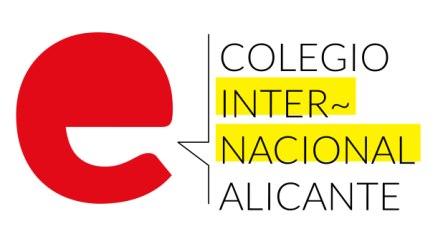Discover
the island of Tabarca!
Today we
are going to take the boat to see Tabarca, the largest island in Region of
Valencia and very close to the city of Alicante. Originally it was a refuge for
pirates and currently it boats a monumental and natural heritage first of its
kind in Spain.
The coast
of Alicante is very diverse and it’s just a short hop from the port or from
nearby Santa Pola to Tabarca. The largest island of the entire region and the
only inhabited one, but with less than 100 persons during the year. At the
Spanish school in Alicante Colegio Internacional we like to get involved in the
wide education of our students who come from all points of the globe and to convey
the mediterranean essence that is especially felt in this city. As one of our weekend
activities, our excursion to the island of Tabarca has a special niche; the
pure sea air, a rich history and a unique marine ecosystem. Here are some facts:
Although
founded by the Romans the first settlements in Tabarca date back to the fourteenth
century when it was used to protect the island from the increasingly regular
occupation by Barbary pirates who arrived from Algiers and wanted to use it as
a base against Alicante. Throughout the centuries it has had many names:
Planesia, San Pablo, New Tabarca Alones and finally, named Tabarca by King
Carlos III following the arrival in 1770 of the Genoese refugees from the
island of Tabarka in the Tunisian seas. Until the mid-nineteenth century the
island was an important naval strategic base.
With a
surface area that is less than 1 km2 and only 2 km long, it’s less than 5 km from Santa Pola and just over
20 km to the city of Alicante, Tabarca sometimes called New Tabarca or Isla
Plana reaches 15 meters above sea level! Its resident population is now around the
59 but this increases greatly during the summer with the arrival of tourists
coming to spend the day and tour the island. A trail around the entire island gives
visitors the opportunity to enjoy the landscape, rich fauna and flora, as well
as the activities of the numerous seabirds. It is a hot spot for scuba divers
because since 1986 the island has been declared a Marine Reserve.
For such a
small place Tabarca also has several monuments and attractions and, indeed, it is considered an
artistic and historic attraction. The eighteenth century wall maintains its
charm, with doors called Levante, the Trancada or San Miguel, and other places
whose ruins have fallen into the sea; the Church of St. Peter and St. Paul, eighteenth
century and of the Baroque style, or the Lighthouse, 1854, these attractions
have been made into interesting poscards. The New Museum Tabarca is a must see. It’s located in the almadrava (and old fishing warehouse
). The museum visit takes you through the different historical periods of the
island, its people and its natural heritage.
As you can
from the above the trip to Tabarca with its beaches, crystal clear waters and
history is a great way to escape the hustle of the city and yet it’s only an
hour away by boat. In the port you can enjoy the local, traditional cuisine in
a tranquil setting.
Would you like
to come on this trip with us here at the Colegio Internacional Alicante?
VIDEO PROMO https://www.youtube.com/watch?v=Eimni5iSssY




No hay comentarios:
Publicar un comentario